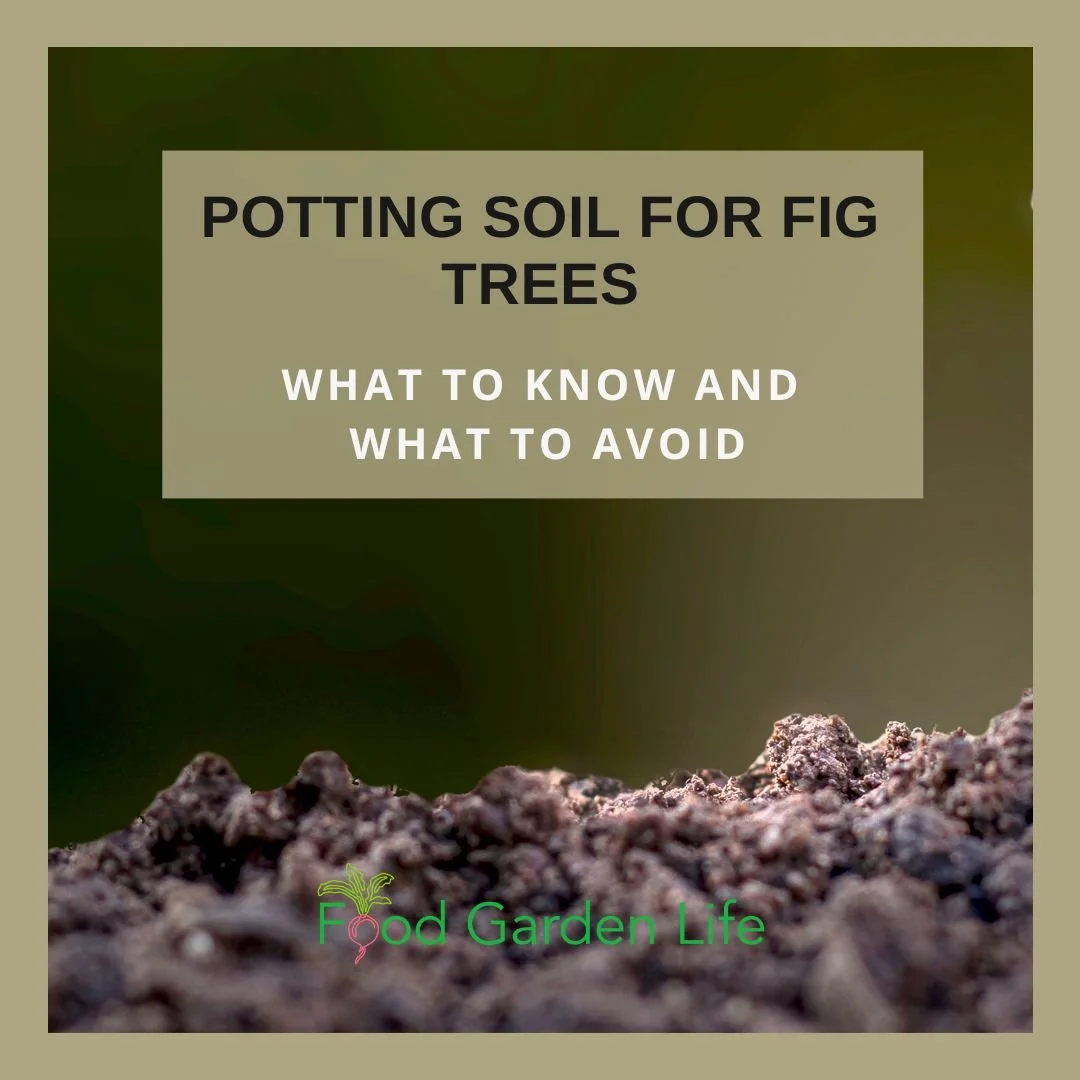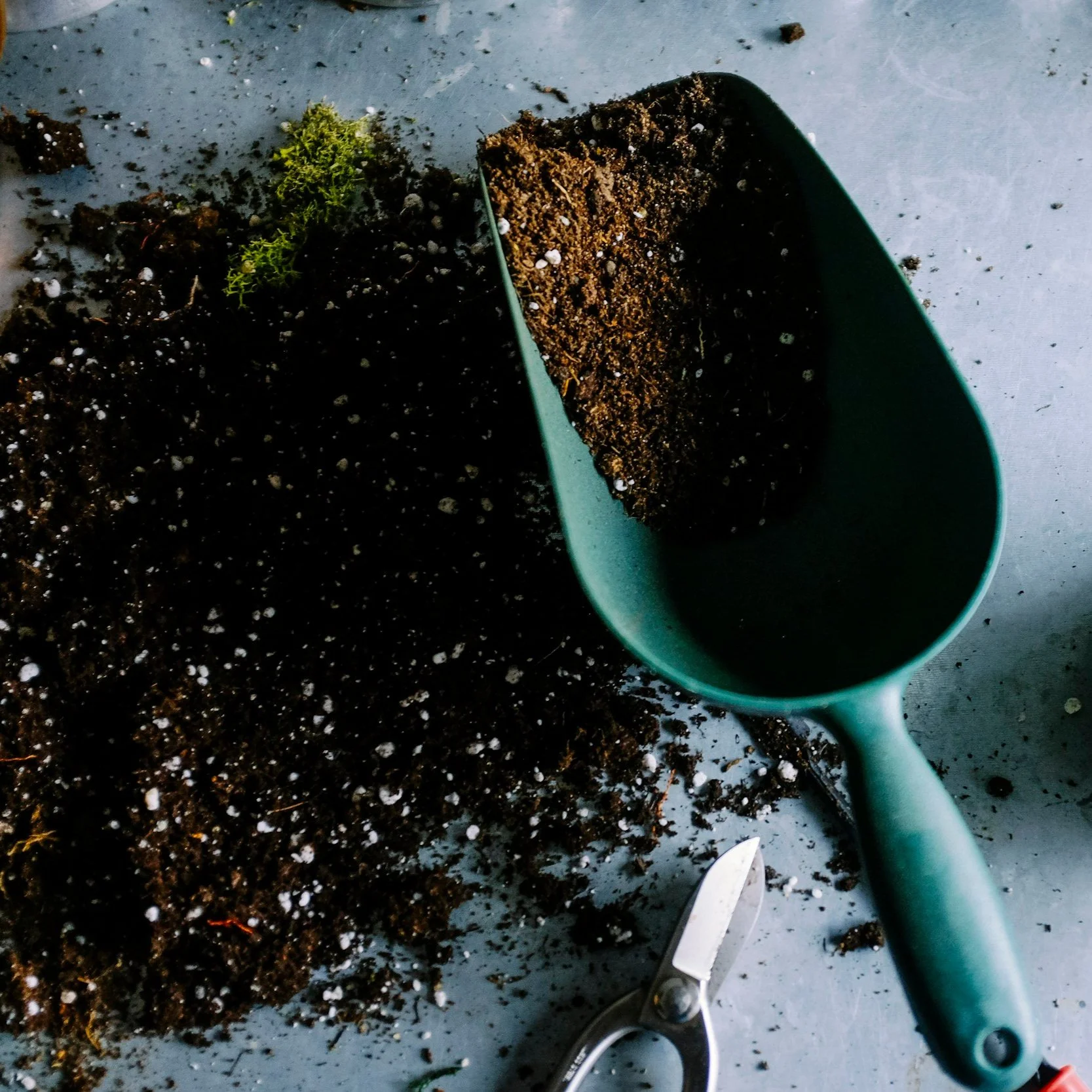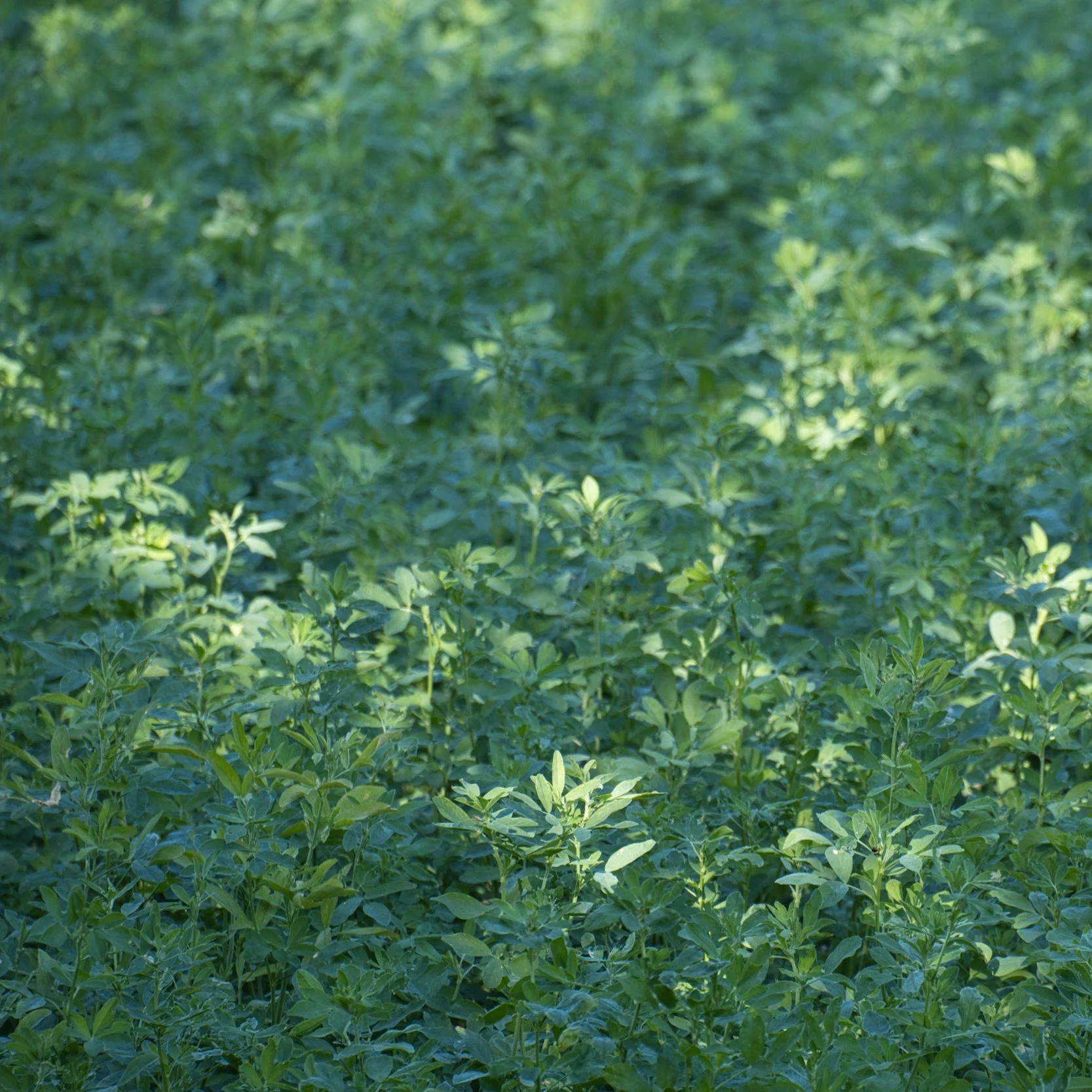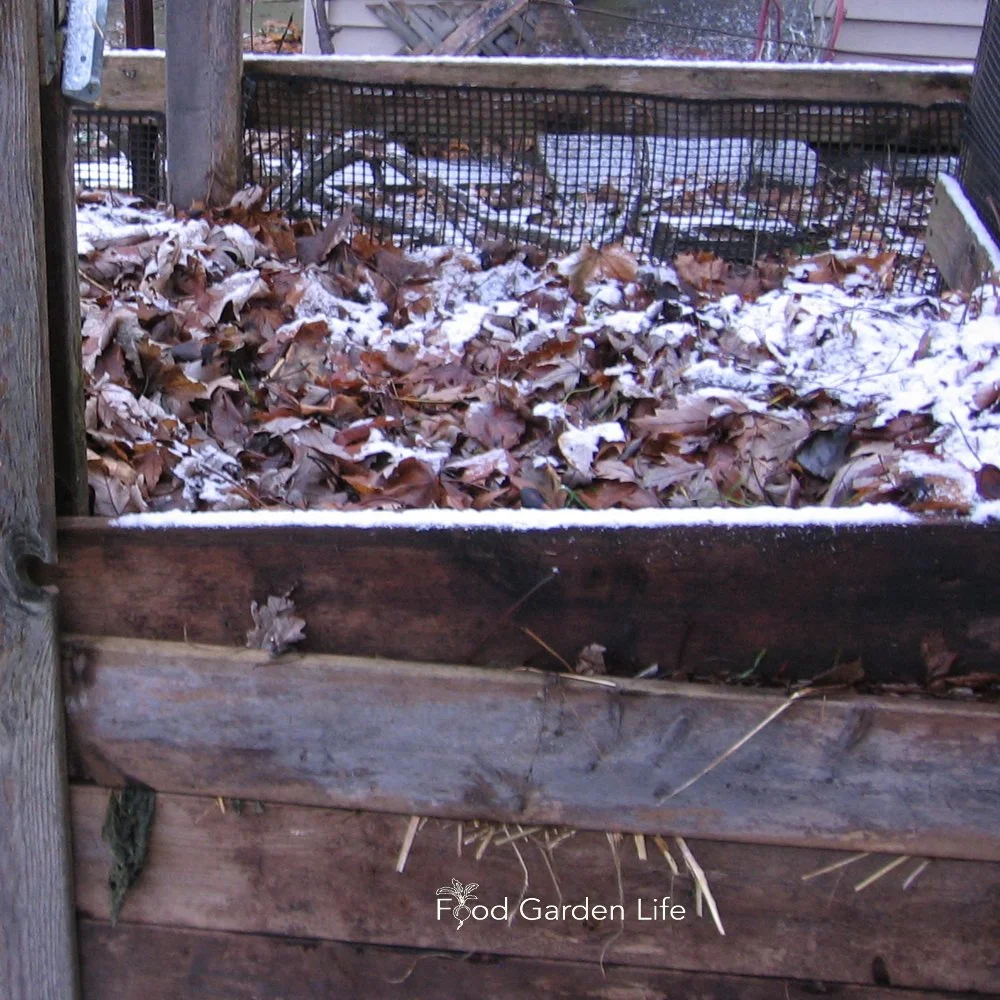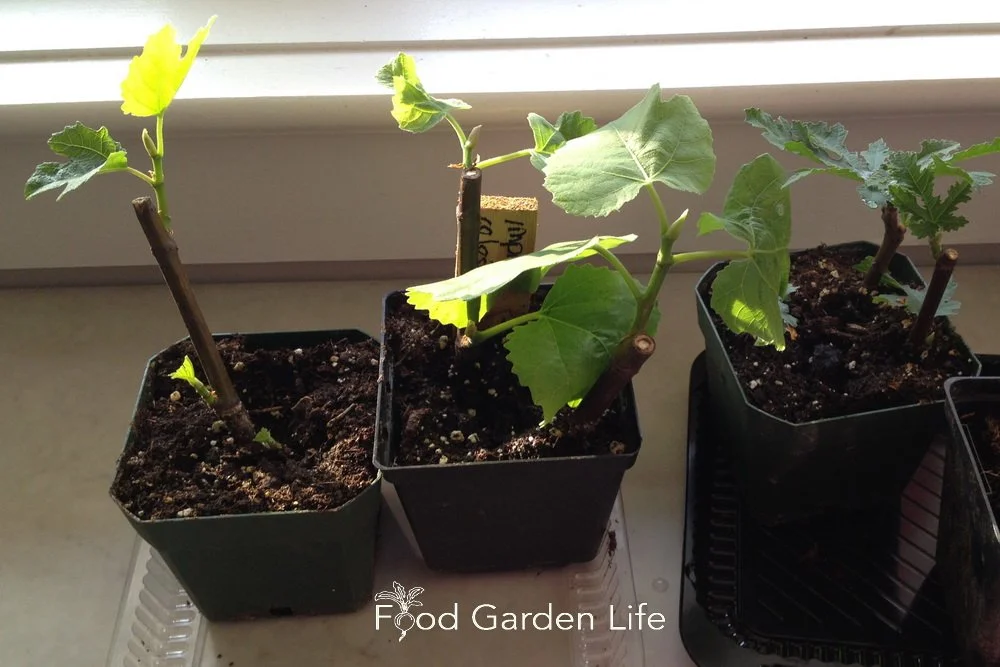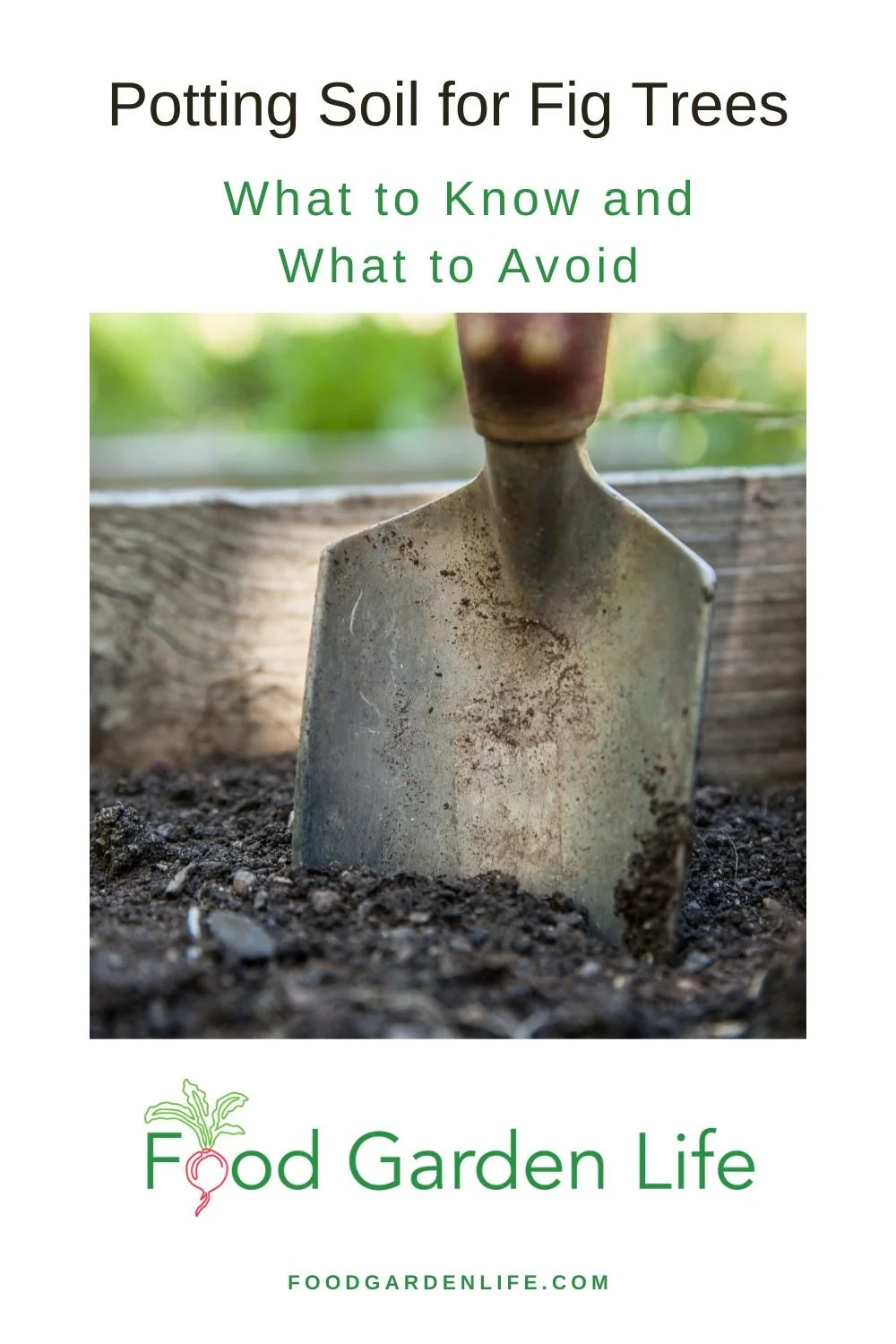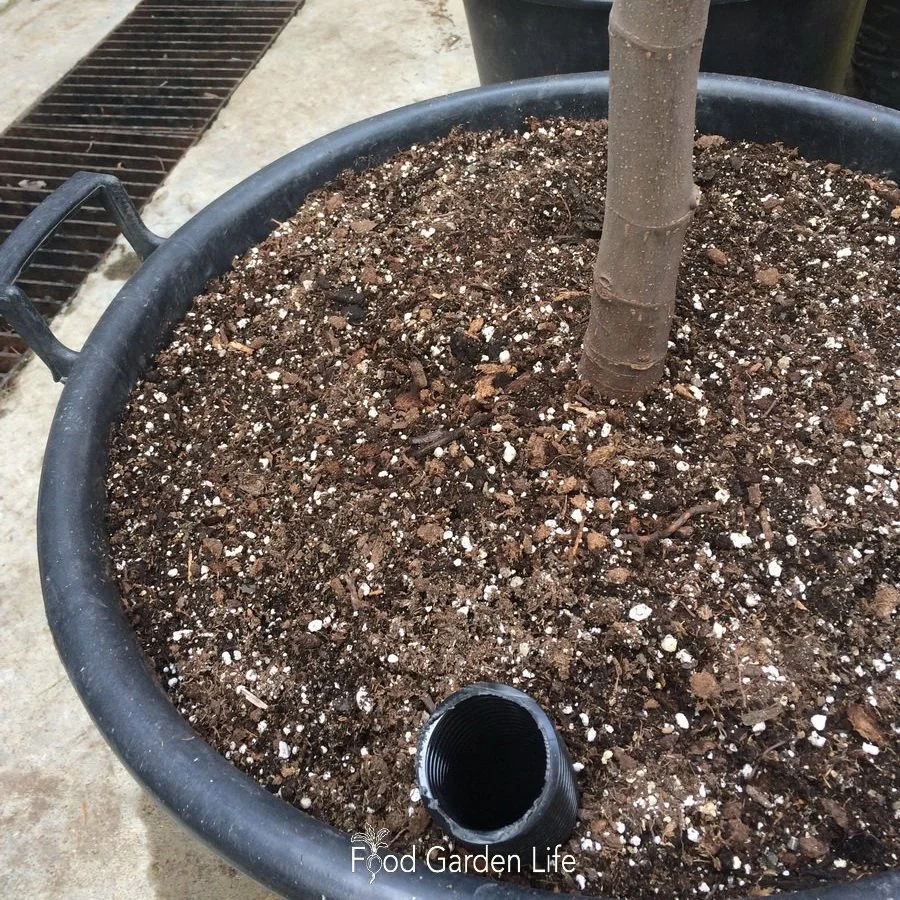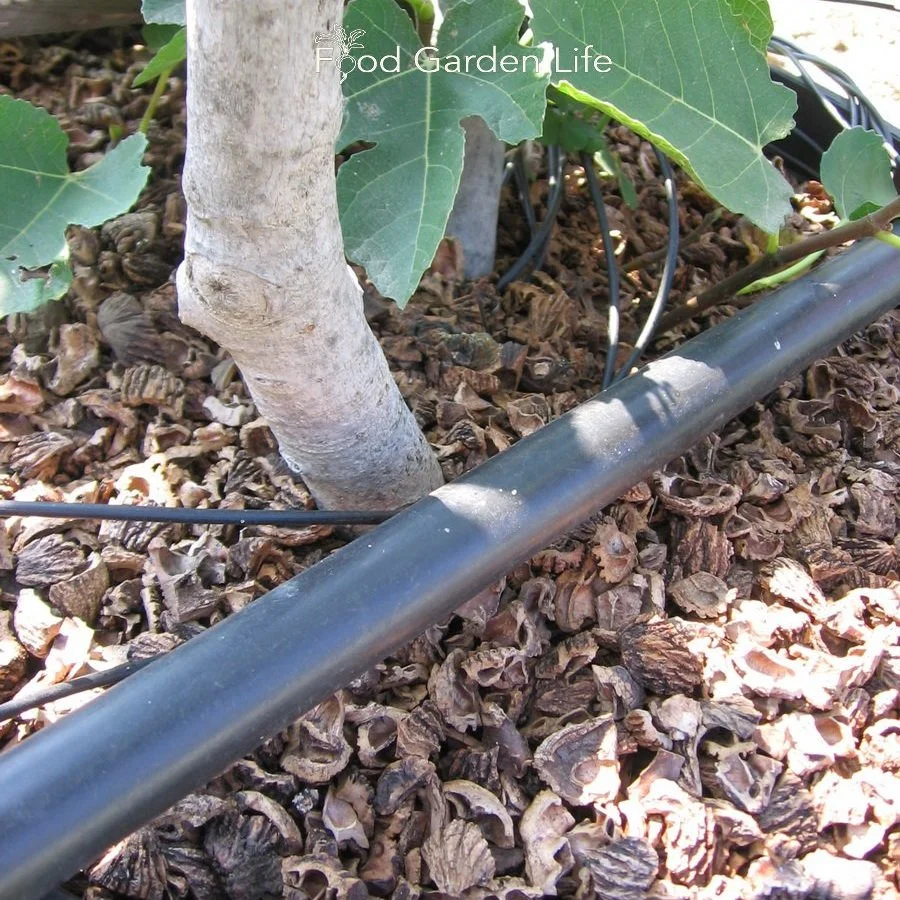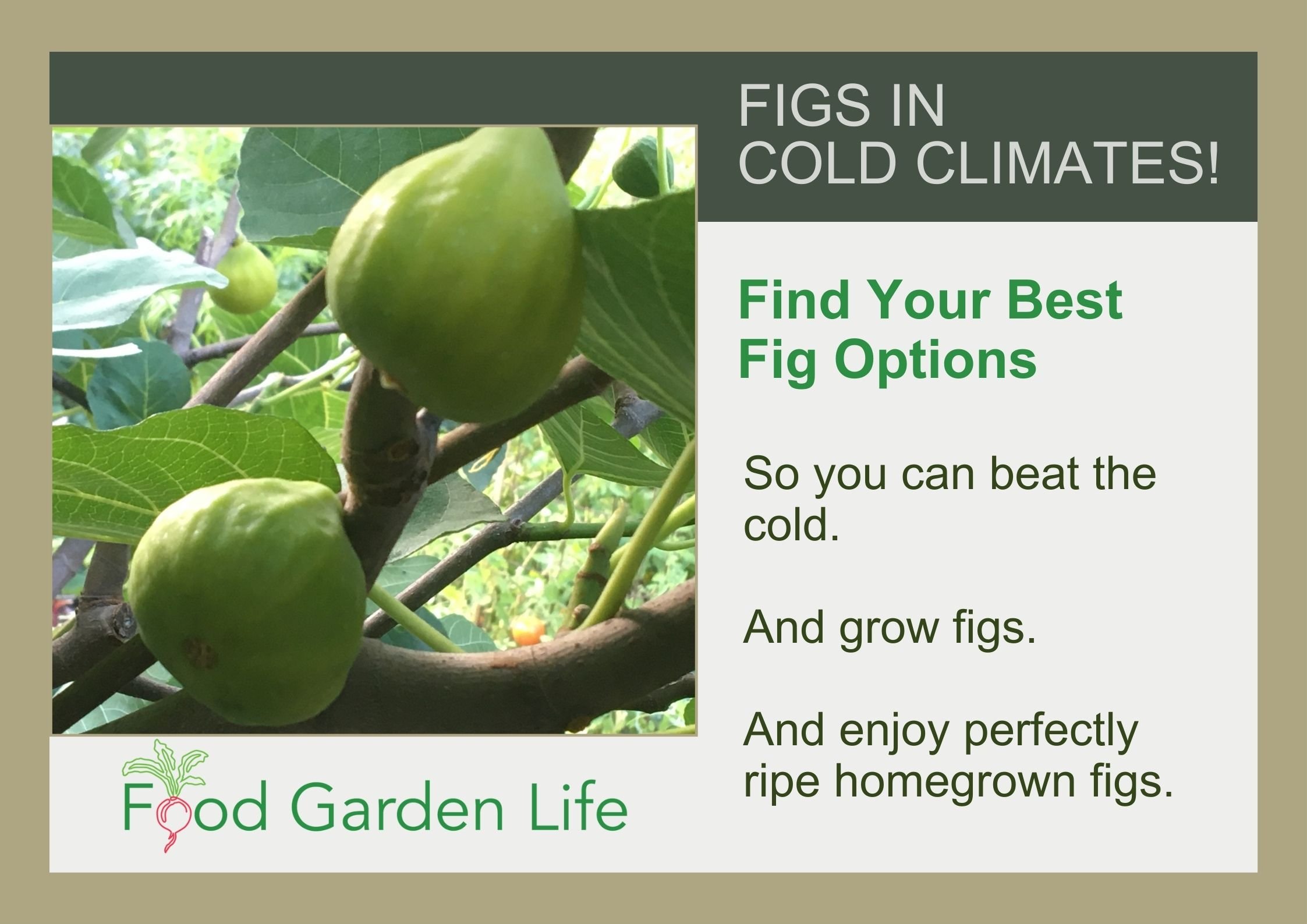Best Soil for Fig Trees in Pots (What to Know + What to Avoid)
by Steven Biggs
How to Choose a Soil for Fig Trees
Growing potted figs? Thinking of repotting fig trees?
There are lots of potting mixes to choose from.
When I worked at a fig nursery, we used a loam-based potting mix. (I explain below.)
Since then, many fig growers have told me about their fig potting soils.
They’re all different.
That’s the thing about soil…it’s a bit like tomato sauce recipes. Ask 10 people for a recipe, chances are you’ll get 10 different ones.
But that doesn’t mean anything goes.
The right potting mix recipe for your fig tree depends on your watering habits, how you feed, tree size, and the type of container.
This article looks at potting soils and potting soil ingredients so that you can choose one that’s a good fit for your fig tree.
(And you’ll also find out something I recommend you avoid.)
What a Soil Mixture Does
Soil is what the fig roots grow in; it’s like an anchor.
But it will also:
Retain moisture
Hold nutrients
Some soils also supply nutrients too
Good Potting Soil Has…
Good soil also has lots of air space.
That’s because roots need air too.
So we actually want a soil that holds moisture—but has air pockets.
About Commercially Prepared Soil
They're Soilless
In North America, most commercial potting soils don’t contain any “real” soil—sometimes called loam. Part of the reason for this is that soil is heavy…and weight is money.
So commercial “potting soils” are soilless—hence the alias “soilless mix.” In the UK, the name “compost” is sometimes used to describe potting mixes.
What's in Them
Commercial soils often contain a combination of the following:
Commercial potting soil
Organic portion. This might be peat moss, coir (a.k.a coco coir), or some sort of composted forestry waste (e.g. composted sawdust).
Aggregate. There’s often a light-weight aggregate such as perlite or vermiculite.
Lime. Peat-based mixes are acidic, so lime is often added.
Fertilizer. Some soils have added fertilizer.
Other Ingredients
Here are other common ingredients in commercial potting mixes:
Bark chips. Bark chips are sometimes added to soils for larger plants because the hunks of bark hold moisture.
Compost. Could be composted municipal green waste, animal manures, forestry waste—or even composted peat. (When I don’t know what it is, I don’t buy it.)
More Ingredients
There are many more things that we can use when blending our own potting soils. Not all of them are commonly used in commercial soil mixes.
Here are a few ideas:
Composted seafood waste. This commercially prepared soil amendment is what’s left over at seafood processing plants, composted together with peat or forestry waste. (Here in Ontario, I find “shrimp compost,” while in Western Canada, I see a product called “Sea Soil.”) It’s added to potting soil to help feed the plant. (I chalk up one of my best container tomato harvests to a soil mix that included some shrimp compost.)
Composted animal manures. My fig mentor, Adriano, used composted manure in his soil. (And his preferred manure was rabbit manure.) Manure is added to help feed the plant.
Sand. Because of the weight, sand isn’t common in commercial mixes. But this aggregate is a traditional addition to potting soils. It’s added for weight and drainage.
Poultry grit. It’s just another type of aggregate. Bigger than sand. You’ll find this at farm-supply stores. Around here I find silica grit—which is a good choice because it’s inert. Added for weight and drainage. Note: Granite and silica grit are OK; but avoid grit made from clam or oyster shells—it might be too alkaline.
Alfalfa is a forage crop that also dried and ground into a meal that can be incorporated into your fig tree soil.
Baked clay cat litter. It drains well…yet holds moisture. (If you’re into bonsai, you’ve probably come across this already.) Added for weight and drainage.
Plant-based amendments: Alfalfa meal, soybean meal, cottonseed meal: These can be added to provide nutrients and to stimulate microbial activity. By the way, if you can’t get alfalfa meal, some people just add a handful or rabbit pellets (yes, they’re made with alfalfa) to a mix.
Worm compost. A.k.a. vermicompost. Fancy name for worm poo—or worm castings. Added for the nutrients and the microbial activity it adds to a soil.
Looking Beyond Peat Moss: Here’s an Idea
Hoping to use less peat moss? I am. By harvesting peat we harvest carbon that’s been stored long-term in a peat bog. But I’m not crazy about the common alternative—coir. Coir is coconut husk fibres…and the byproduct of a crop growing half way around the world on what was once rain forest. Seems like greenwashing to me.
Composting leaves to make leaf mould, an excellent addition to soil for figs.
So I looked up soil recipes in old horticultural texts. Recipes from before peat-based soils became the standby in the horticulture industry.
Guess what? A common base is something many gardeners can make at home: Leaf mould. Which is just leaves, composted into a crumbly dark compost.
Keep in mind that leaf mould breaks down more quickly than coir or peat—so you adjust your fig tree repotting schedule accordingly.
(Something I’m experimenting with in veggie crops is using straw. I do strawbale gardening—but have also used straw as a growing medium. Haven’t tried straw or composted straw yet with figs…stay tuned.)
Find out more about straw-bale gardening.
More on Manure and Compost
Many commercial peat- and coir-based soils contain no nutrients.
Adding composted materials into a mix helps feed your fig plant. So your soil is part of your feeding regime. Remember that different manures bring different amounts of nutrients.
Get Your Fig Trees Through Winter
And eat fresh homegrown figs!
Don’t Do This
If you’re making your own fig tree potting mix using peat moss, there’s something important to know.
Not all peat moss is equal.
Some makes excellent soil; some not.
Here’s why:
Peat at the bottom of a peat bog is more highly decomposed, and has shorter fibres. It’s darker in colour. The peat that’s higher up in the bog has a lighter colour and longer fibres. It’s called “blond” peat. The blond peat gives a soil with more air pores, but at the same time, it holds water well.
The dark peat? It packs down.
Yet…it’s the dark peat that’s most often for sale at garden centres—because it’s less expensive, and is used as a garden soil amendment.
It’s like dollar-store phone chargers. Yeah, they kinda look like the higher quality ones…but you soon realize they suck. Same with dark peat for soils.
You might be wondering what to do if you can’t get blond peat? Get a high-quality commercial potting soil (they’re made with blond peat) and then tweak it to fit your recipe. See the next section, Top Tip, on buying high quality soil.
Top Tip: Shopping for Soil
Ever seen “contractor-grade” products at the hardware store? Companies market the good stuff to contractors. Contractors know what’s poor quality.
Same in horticulture.
It’s buyer beware with small, homeowner-sized bags of soil. (Especially if you buy them from discount retailers!)
But the contractors in the world of horticulture—the commercial nursery and greenhouse growers—they know good soil.
And that’s why I buy soil packaged for commercial growers: The quality is consistently good.
Look for “bales” of commercial soil. It’s compressed, into 3.8 cubic foot bales (107 litres.)
Soil Choice and Plant Size
Young fig trees growing in simple potting soil.
I use different soils for my small and large fig plants. Here’s what I do:
Young Fig Trees. I use straight commercial soil for young fig trees and rooted cuttings. It’s quick and easy, and I repot frequently until the fig trees reach the size I want.
Mature Fig Trees. Once my fig trees are the size I want, I use a soil that holds more moisture, is heavy enough so they don’t tip over in the wind, and can buffer–meaning less chance of nutrients getting out of whack. (See soil recipe below.)
Should I Add Loam Soil?
First, let’s unpack the term “loam.” For soil scientists, it’s the soil with a desirable mix of sand, silt, and clay. With the right percentage of each, a soil can achieve “loam” status. It’s what most gardeners and farmers only wish they had…
For home gardeners, forget percentages: We’re just talking about a crumbly garden soil that doesn’t have so much clay that it’s sticky when it’s wet.
Loam—and for home gardeners, that means garden soil—has properties that make it useful in soil mixes:
Weight. Weight can be good! (Fig trees won’t tip in the wind!)
Insurance. Buffering effect (Meaning less chance of nutrient snafus)
Reservoir. Water holding (Clay holds water well!)
BUT we don’t use straight loam. Ever. It packs down too much in a pot. Great way to get root rot.
More on Loam
In case you’re wondering…commercial loam production entails stacking turf (think of sod) and letting it break down into a crumbly soil. The decomposed turf leaves and roots add organic matter to the soil.
Get Your Fig Trees Through Winter
And eat fresh homegrown figs!
Fig Tree Potting Soil Recipes
My Basic Fig Tree Potting Mix Recipe
Here’s what I use when I repot a mature fig tree in a larger pot. I want a long-term soil mix that retains more moisture, and is heavy enough so the fig tree doesn't tip in the wind.
1 part garden loam
2 parts soilless potting mix (a commercial-grade soilless potting mix)
1 part sand
1 tbsp. lime per gallon of mix
1 tbsp. bone meal per gallon of mix
John Innes Soil Mix
Pin this post!
Here’s the recipe for John Innes Soil mix. This is used more commonly in the UK—and it’s the blend we used when I worked at a fig tree nursery in the UK.
7 parts sterilized loam*
3 parts peat (or peat substitute)
2 parts coarse sand**
Plus fertilizer***
*I don’t sterilize loam…I don’t see a need for sterile except when it comes to seed-starting and cuttings. But if root-knot nematodes are an issue in your area, either sterilize or don’t use loam.
**Coarse sand: As compared to beach sand (or play sand) where the granules are rounded—but, instead, the sand particles are irregularly shaped and of varying sizes. In North America, you might look for “builders” sand.
***In old texts, you’ll see recommendations for a fertilizer mix that includes hoof, horn, and blood meals. There are other options now...use a slow-release feed for container plants.
Adriano’s Fig Tree Soil Mix
I mentioned that my fig mentor, Adriano, used rabbit manure in his preferred soil for fig trees.
Here’s Adriano’s Fig Tree Soil recipe:
1 part peat-based potting mix
1 part composted manure (rabbit when possible!)
1 part compost
Plus added perlite, dolomitic limestone, and vermiculite
Sterilizing Loam
As I mention above, I don’t sterilize loam. No need here.
But if you’re curious how a home gardener could sterilize soil for a fig tree soil mix, here’s how:
“The last soil sterilization method I shall discuss is surely a home method, for it involves the oven of your kitchen stove. Small quantities of soil put in the oven and held at 180°F for 30 minutes will be found to be ideal for starting seeds, not only because the disease organisms will have been destroyed, but because all weed seeds will have been killed too.”
Taken from: Greenhouse Gardening as a Hobby, James Underwood Crockett, 1961
I know my wife would leave me if I started cooking garden soil in the oven. Ain’t happening here in the Biggs household.
But here’s an idea: I’ve had students use the BBQ.
Not Sure Where to Begin with a Fig Tree Soil?
At this point we’ve looked at what makes a good soil, talked about a number of common ingredients, including what not to use. You have 3 fig tree soil recipes.
Fig tree growing in a sub-irrigated pot. A potting soil with good wicking properties is essential.
If you’re scratching your head wondering, “What should I do?” don’t be overwhelmed by options.
Start with one of the fig tree soil recipes I’ve given you.
Over time, experiment with different ingredients. Choose what works well with your fig trees, and what’s good value.
The art of making soil isn’t just for your fig trees—this is something you can use for all of your potted crops.
FAQ: Fig Tree Soil
What soil should I use for propagating fig trees?
I use a commercial peat-based mix.
There are other options too. Find out how to pre-root your fig cuttings.
Can I grow figs in a sub-irrigated pot? What soil should I use for fig trees in sub-irrigated pots?
It's important to have a soil with good wicking properties. Think of the blond peat moss I talk about above.
Mulch covering the potting soil, to reduce water loss to evaporation.
Find out more about how to make a sub-irrigated pot for your fig trees.
Can I add mulch to my potted fig trees?
Yes. A layer of mulch on top of the soil holds in soil moisture.
(The most interesting mulch I've seen was crushed walnut shells, at a nut nursery!)
My fig trees need frequent watering, what can I do?
You'll get the best growth when the soil is consistently moist. Add ingredients to retains moisture. And if that's not enough, consider a sub-irrigated pot.
Find This Helpful?
If we’ve helped in your fig-growing journey, we’re always glad of support. You can high-five us below! Any amount welcome!
More Information About Growing Figs
Find lots of fig articles and interviews at the Fig Home Page.
Books About Growing Figs in Cold Climates
Fig Masterclass
Harvest more figs this year! Grow Figs in Cold Climates Masterclass shows you how to grow a fig tree in a pot, or outside with protection. So you can harvest lots of figs!

